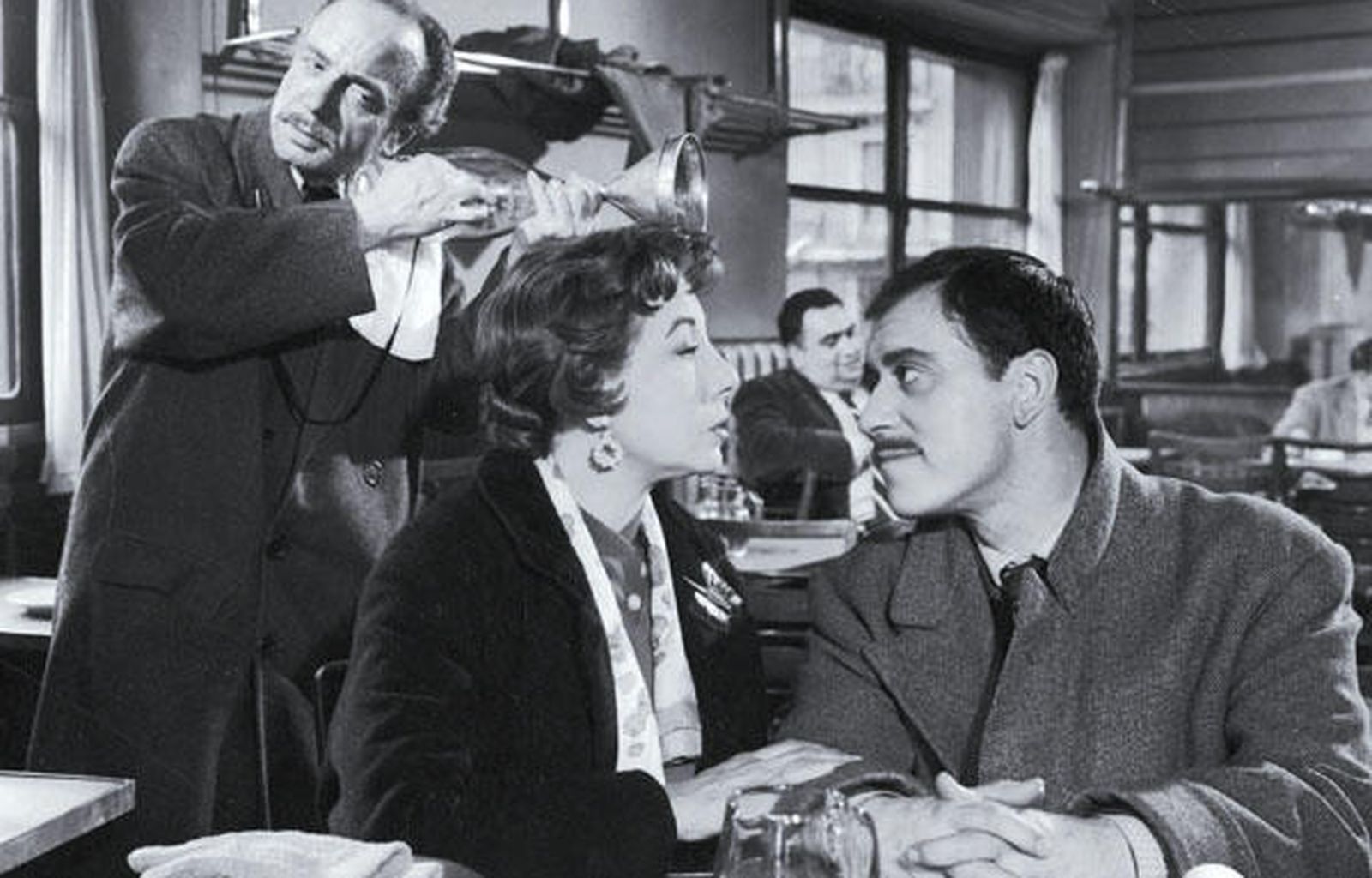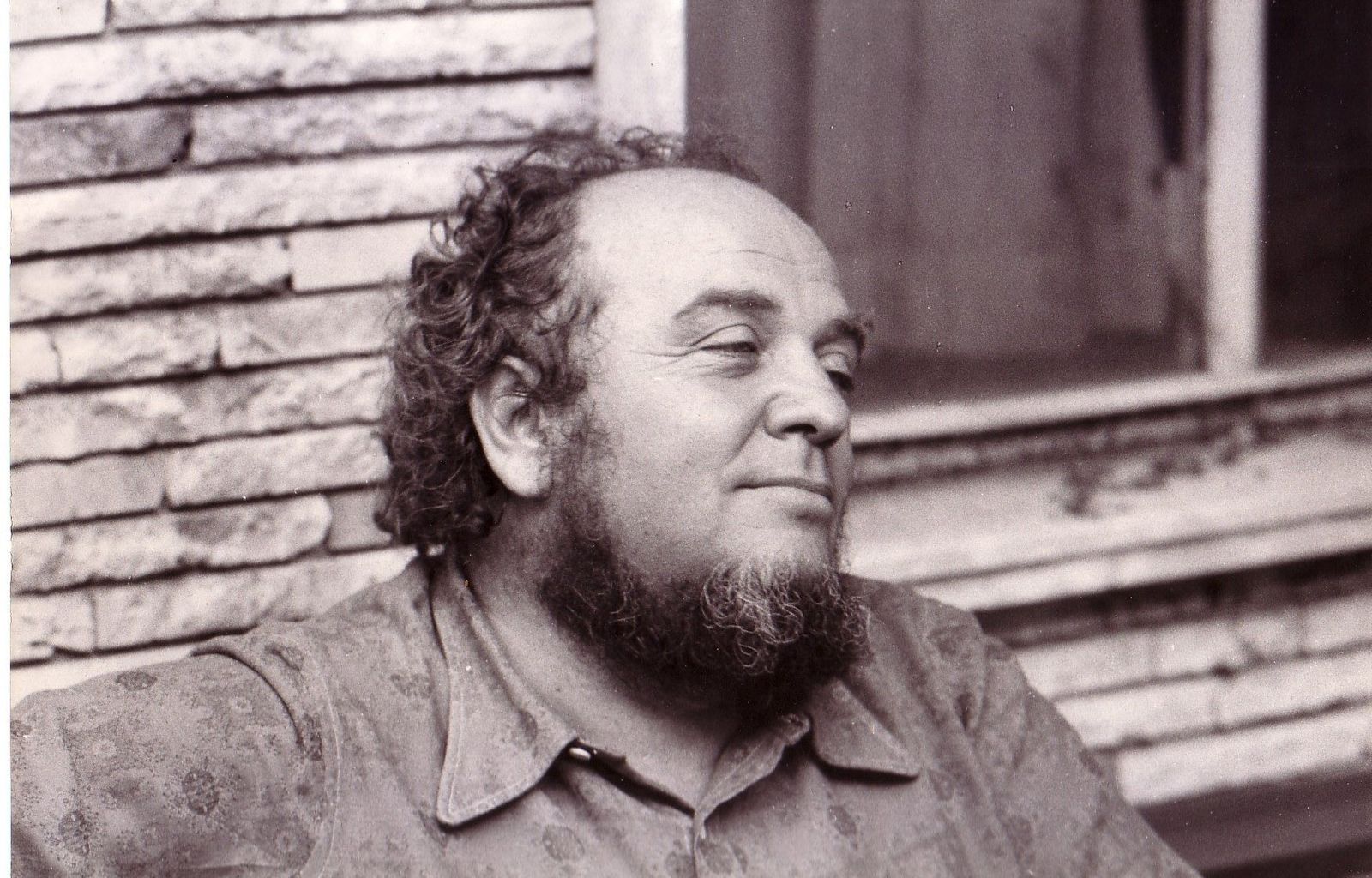In the flat rented by Donna Martina, an eighty-years-old widow, there are Rodolfo, an employee in a sweets shop, Meri, a girl who works as a prostitute, and Dimas, a podiatrist who uses the flat as an office.
Living together, for the three of them, is almost impossible, but none of them can find another place. The situation gets even heavier because of the decision of the owner: after Martina’s death, he wants to take back his house and leave them on the streets.
Rodolfo has been engaged to Petrita, a strong and commanding woman, for twelve years and the only reason why they couldn’t get married is because they don’t have a place to live. Rodolfo has no other option: he has to marry Donna Martina so that the day of her death, he will inherit the rent of the house, in order not to be evicted.
Rodolfo reluctantly accepts, pushed by his flat mates and by his fiancée. But Donna Martina’s death doesn’t seem to come. When she eventually dies, Rodolfo is the only one to be touched by the event, while Petrita only thinks of getting her hands on the flat, throwing out the other flat mates. For Rodolfo, this is going to be a way worse wedding than his previous one.
Traduzione in inglese Francesca Sala – English translation Francesca Sala
Biography
film director

Marco Ferreri
(Milan, 1928 - Paris, 1997) worked as a producer in the 1950s and moved to Spain, where he created the films inspired by Buñuel El Pisito (1958), Los Chicos (1959) and The Wheelchair (1960). After returning to Italy, Ferreri kept the same tone with The Conjugal Bed (1963) and The Ape Woman (1964), which sparked the censors’ wrath. With Dillinger Is Dead (1969) and La Grand bouffe (1973) he filmed two great cinematographic allegories on the late capitalist society. His last film was Nitrate Base (1996).
FILMOGRAFIA
El pisito (id., 1958), Los chicos (I ragazzi, 1959), El cochecito (id., 1960), Le italiane e l’amore (ep. Gli adulteri, doc., 1961), Una storia moderna: l’ape regina (1963), La donna scimmia (1964), Controsesso (ep. Il professore, 1964), Break up: l’uomo dei palloni (1965), Oggi, domani, dopodomani (ep. L’uomo dei cinque palloni, 1965), Marcia nuziale (1966), L’harem (1967), Dillinger è morto (1969), Il seme dell’uomo (1969), Perché pagare per essere felici! (TV, doc., 1970), L’udienza (1971), La cagna (1972), La Grand bouffe (La grande abbuffata, 1973), Non toccare la donna bianca (1974), L’ultima donna (1976), Ciao Maschio (1978), Chiedo asilo (1979), Storie di ordinaria follia (1981), Storia di Piera (1983), Il futuro è donna (1984), I Love You (1986), Come sono buoni i bianchi! (1988), La casa del sorriso (1991), La carne (1991), Diario di un vizio (1993), Nitrato d’argento (1996).
Declaration
film director
I went to Spain to sell cars, for business reasons, and I enjoyed my stay there. I met Azcona, who was a humorist, I convinced him to become a screenwriter and then he convinced me to become a director. He wrote for the only humour paper which made sense, the “Codurniz”, which had a group of journalists and young writers, both nonconformist and brave, because they were under Franco at the time. I enjoyed the grotesque, something that I couldn’t find in Italy, it was a Spanish thing. Azcona had written El Pisito, I read it while I was going around selling lenses. It was a great story, I liked it and Berlanga was supposed to be the director, but it wasn’t possible, so I did it, with the very little money we put together. The whole project cost eighteen million. I had worked as a producer in Italy and that was my plan there as well, but I found myself directing El pisito all by myself, just being a director.
You are seen as a “black humour” director. Do you accept this qualification?
The label of black humour started with my first film El pisito, which I shot in Spain and took to Locarno, where the critics talked about Ferrari’s black humour. I don’t think my films should have this kind of label, if black humour is intended in a British way. (…) My first film was a realistic story, not a black humour one, it was neorealism, it was actually set into a typical Spanish environment. It was a kind of neorealism without heroes, without winners or losers. I used to think I made a humour neorealist film, a satirical one, but basically neorealist. (…)
In Italy you can consider yourself an original director, but is that what you are in Spain as well?
Yes, I am quite original in Spain. My first film, El pisito, and El cochecito were quite unsettling, maybe more in Spain than in Italy, because of the Spanish reality they were full of.
They were unsettling in the form or because they were interested in the Spanish reality?
They were unsettling both in form and content. Not because I said it, but El pisito was a very important film. It was born from Berlanga’s first experiences with the film Bienvenido Mr Marshall and after Bardem’s film Muerte de un ciclista. After these two films there was a moment of stagnation in the Spanish cinematography, but with that film I shook everything up and I broke that illusory calm. The young people now working in Spain, such as Miguel Picazo, took a lot from my work.
Traduzione in inglese Francesca Sala – English translation Francesca Sala
Cast
& Credits
Plot: da un racconto di Raphael Azcona.
Screenplay: Marco Ferreri, Raphael Azeona.
Director of photography: Francisco Sempere.
Art director: Tony Cortes.
Editor: José Antonio Rojo.
Music: Federico Contreras, interpretata all'organetto da Abruzzese.
Cast and characters: José Luis Lopez Vazquez (Rodolfo), Maria Carrillo (Petrita), Concha Lopez Silva (Donna Martina), José Cordero (il callista), Andrea Moro, Celia Conde, Gregorio Saugar, Angel Alvarez, Tiburcio Camara, Maria Luisa Ponte, Manuel Augustina.
Production company: Documento Film.
Italian distribution: Coop. Lab. 80 Film.


